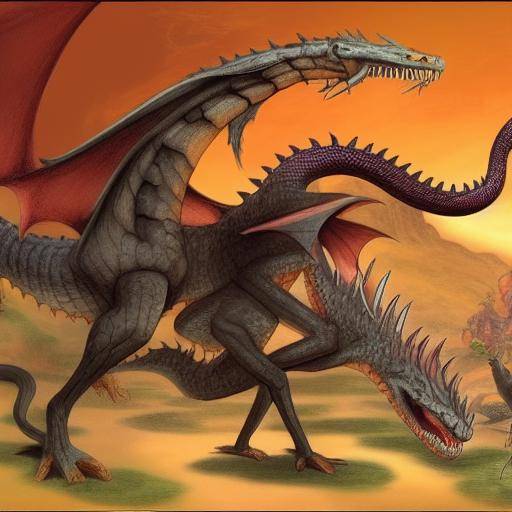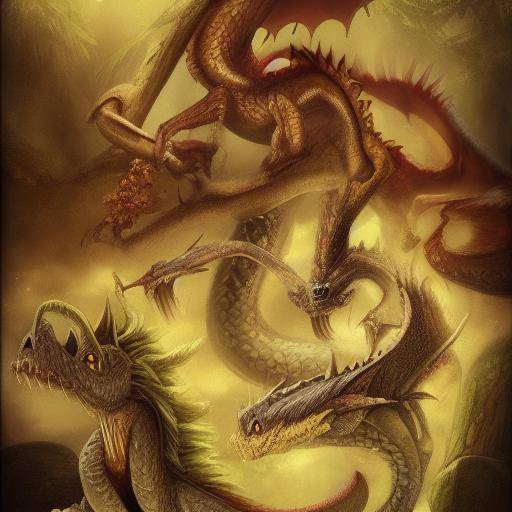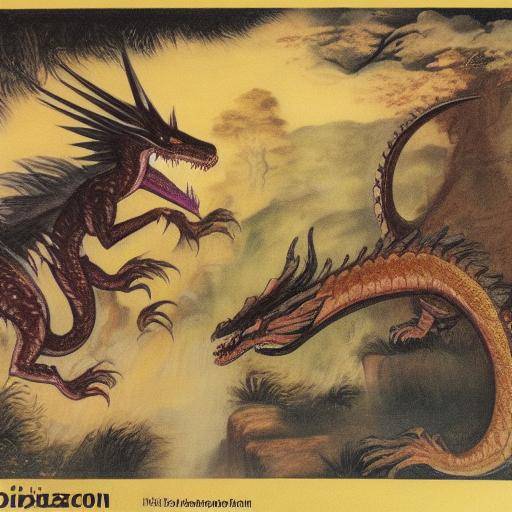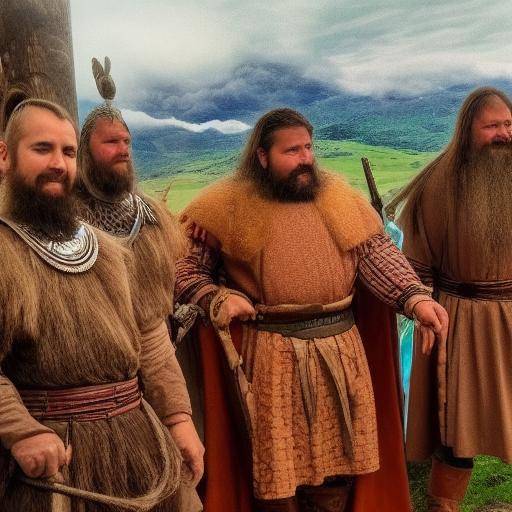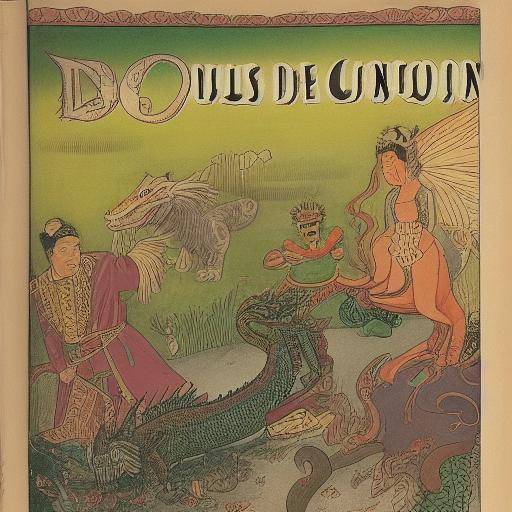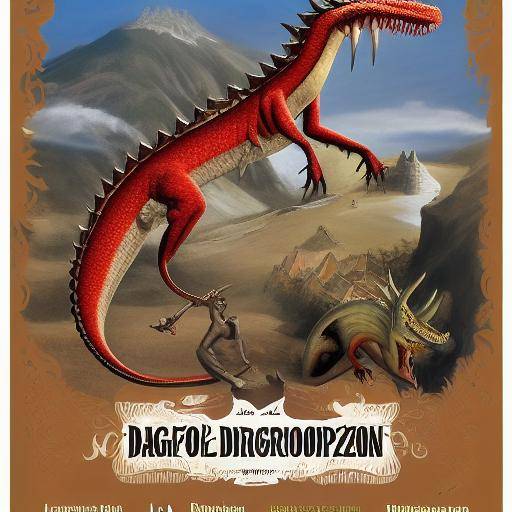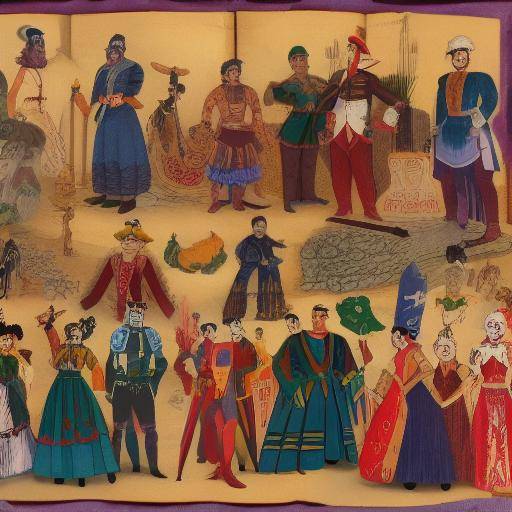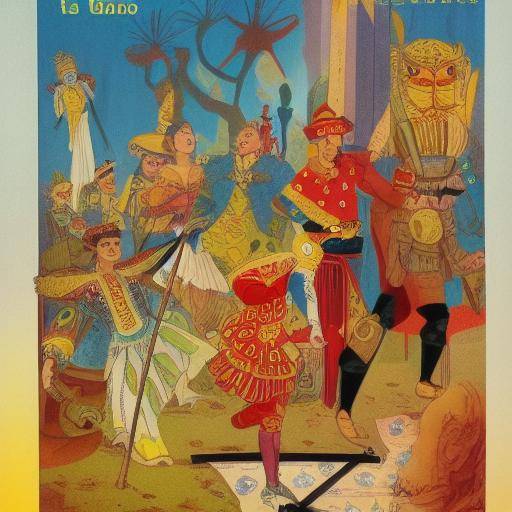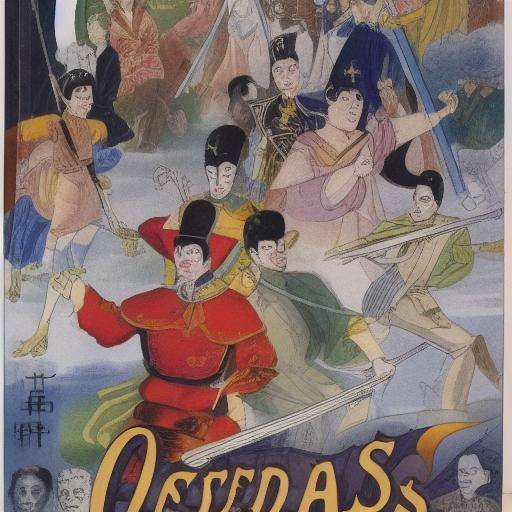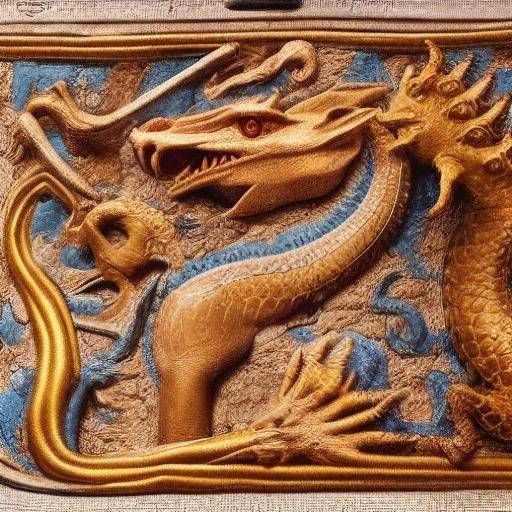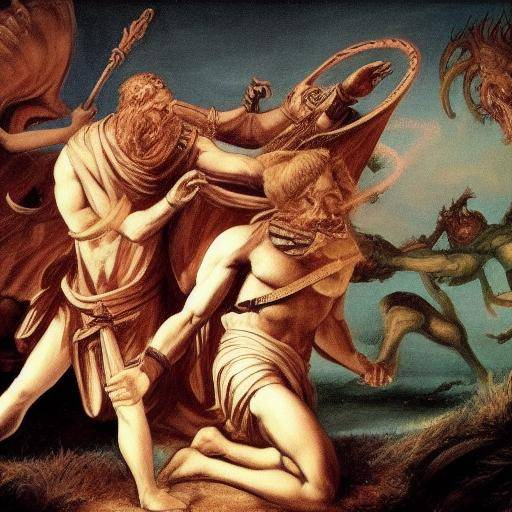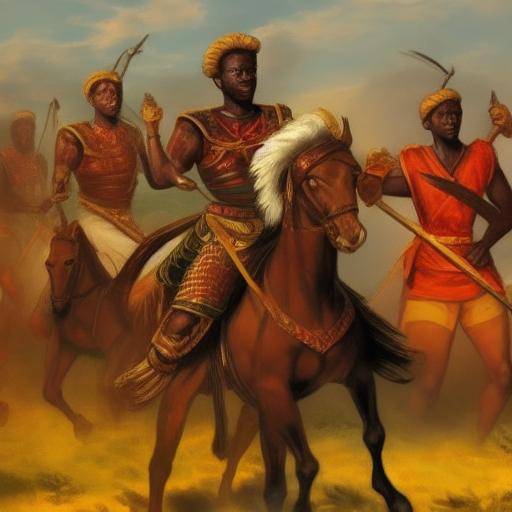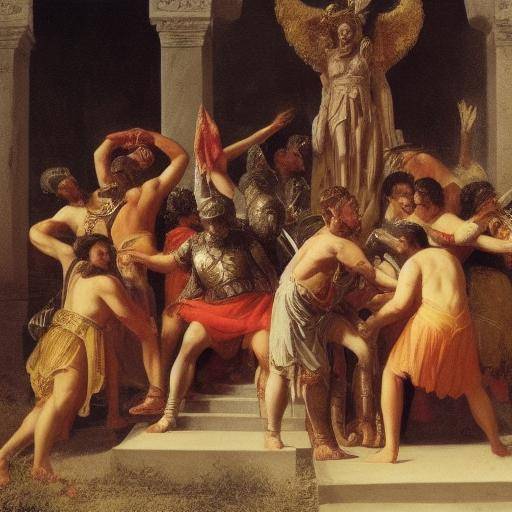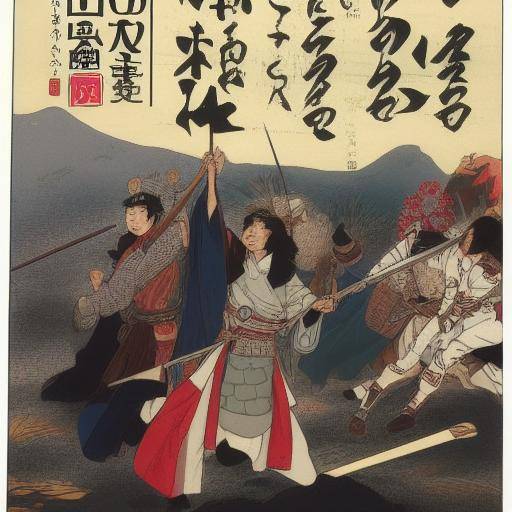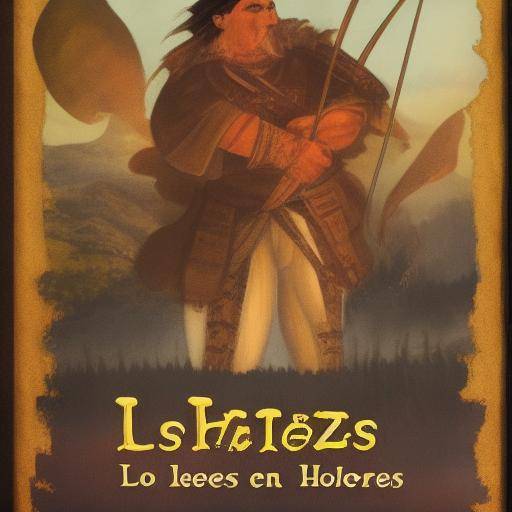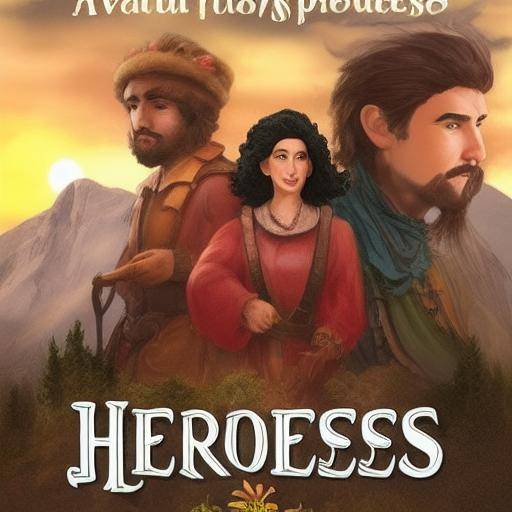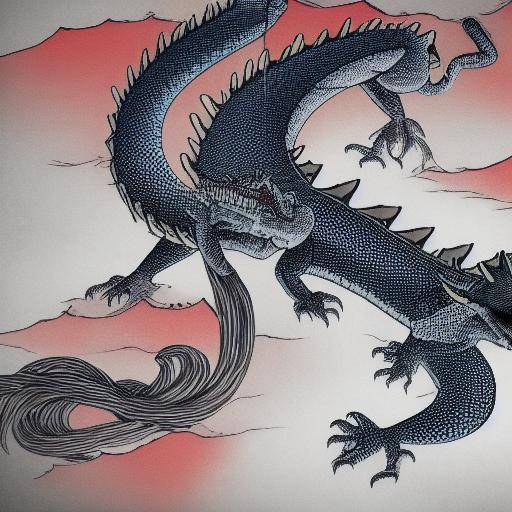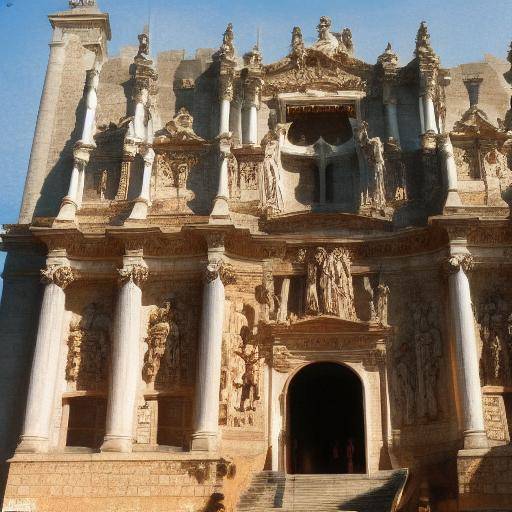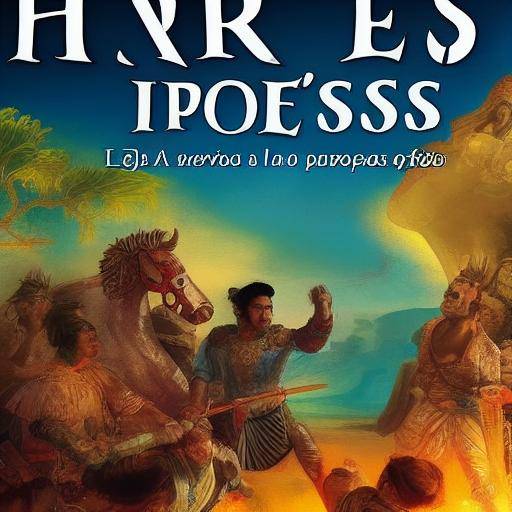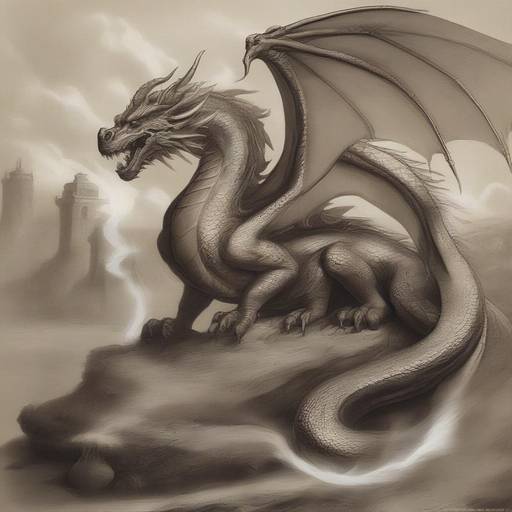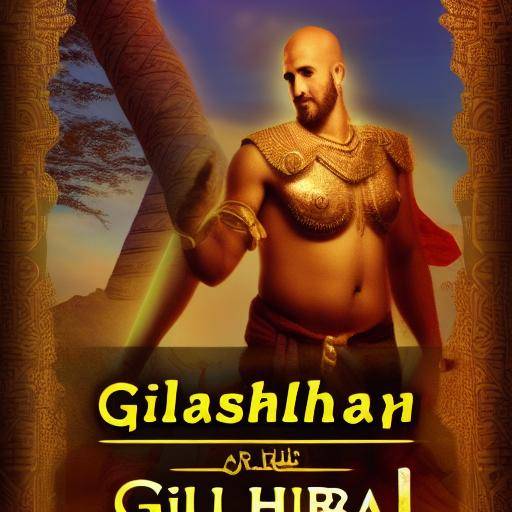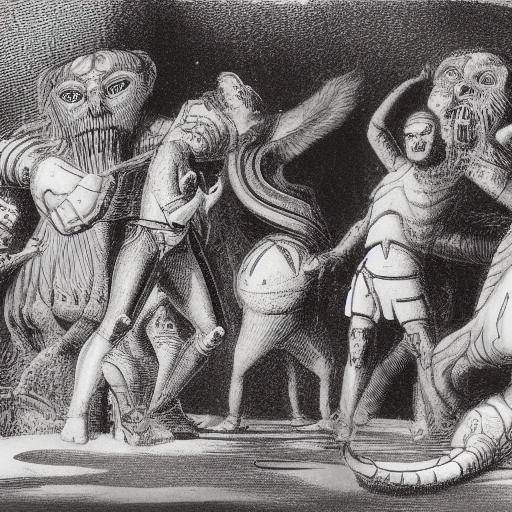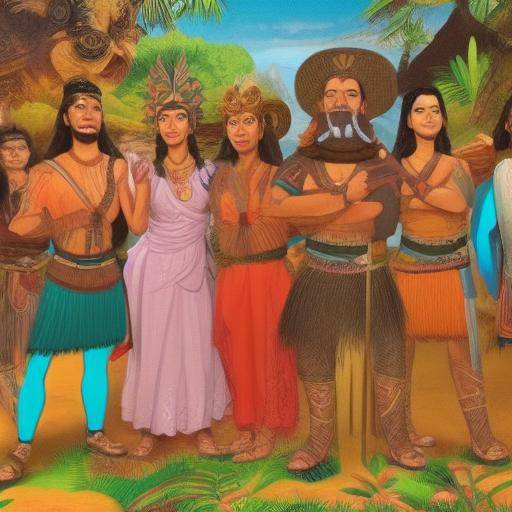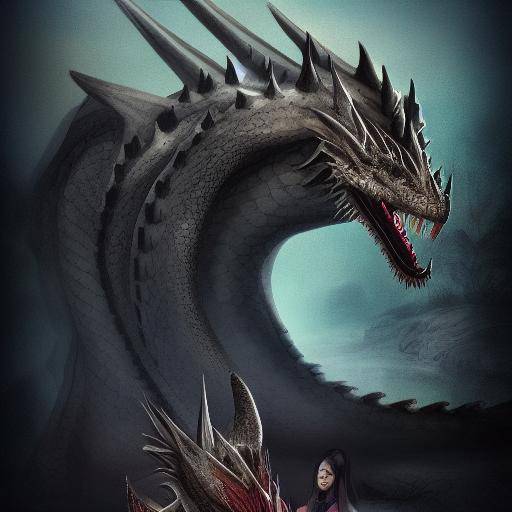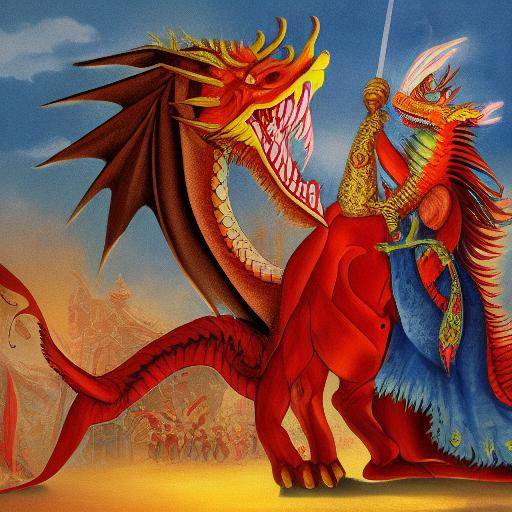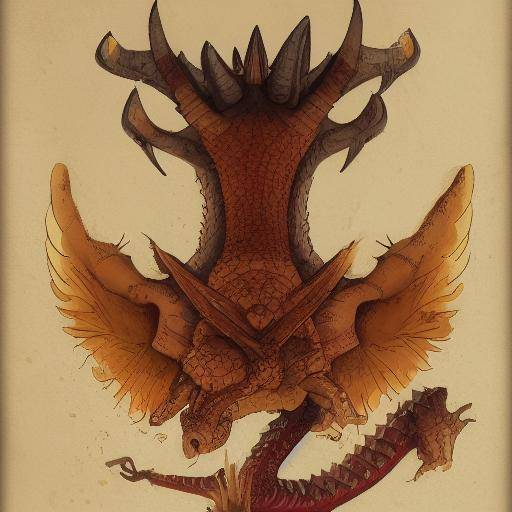
The Russian tales are full of myths and mystical creatures that have captivated the imagination of generations. One of the most fascinating beings of these stories is the Zmey Gorynych, a three-head dragon that has been the protagonist of numerous legends and stories. In this article, we will explore in depth the history, characteristics and role of the Zmey Gorynych in the Russian tales, as well as its relation to the concept of the dragon and its link to the heroes of these narratives.
Introduction
The Zmey Gorynych, which translates as "Serpient of the Mountains", is one of the most fearsome and powerful creatures of Slavic and Russian mythology. Often represented as a three-head dragon with glowing scales and the breath of fire, this mythical being has been the protagonist of countless stories that have been transmitted over the centuries.
In this article, we will enter the fascinating universe of the Zmey Gorynych, exploring its origins, its evolution over time, its role in Russian tales and its connection to the concept of the hero. In addition, we will analyze the similarities and differences between the Zmey Gorynych and the broader concept of the dragon, as well as its relevance in the narratives of adventures and heroism.
History and Background
The Zmey Gorynych has its roots in Slavic and Russian mythology, where it has been represented as a creature of great reach and evil. His image as a three-headed dragon has inspired numerous epic stories, where he is presented as a formidable challenge for brave heroes who dare to face him. This drakon, as is known in Russian, has been a central figure in Slavic mythology, with mentions dating from ancient times.
Legends about the Zmey Gorynych have described it as a terrifying being who lived in the depths of the mountains, guarding treasures, kidnapping maidens and unleashing storms and disasters. However, despite his malice, the dragon has also been represented as an entity of great intelligence and cunning, capable of challenging even the bravest heroes.
Analysis in Deep
The figure of the Zmey Gorynych has not only been the subject of stories and myths, but has also been studied from a cultural and historical point of view. The evolution of his image over time reflects not only the changes in Russian society, but also the way in which these narratives have been used to convey values, moral teachings and even political messages.
In Russian literature and folklore, the Zmey Gorynych has acquired various connotations, from being the evil one to be defeated by the hero to represent forces of nature or even embody the struggle between good and evil. His presence in the stories has left a profound mark on Russian culture, becoming a symbol of courage, cunning and determination to overcome the most fearsome challenges.
Comprehensive review
The concept of Zmey Gorynych cannot be understood without exploring its relationship with the broader concept of dragons in different cultures. Although it shares similarities with the representations of dragons in other traditions, the Zmey Gorynych has distinctive features that give it a prominent place in Russian mythology. Its triple head and breath of fire make it unique and emblematic for the Russian narratives of adventure and fantasy.
In addition, the role of the Zmey Gorynych in the stories of Russian heroes is fundamental to understanding the importance of this character in building heroic identities in Slavic culture. The clashes between the heroes and the dragon not only test the courage and abilities of the protagonists, but also expose the virtues and values that Russian society appreciates and values in their heroes.
Comparative analysis
By comparing Zmey Gorynych with the broader concept of the dragon, we can appreciate the similarities and differences that make this creature a unique figure in Slavic mythology. While in many cultures the dragon is represented as a purely malevolent being, the Zmey Gorynych shows personality nuances and motivations that make it more complex and ambiguous. His ability to challenge heroes with wit and cunning makes him a formidable rival.
In addition, by exploring his relationship with the hero in the Russian narratives, we can see how the Zmey Gorynych testes not only the bravery and physical strength of the hero, but also his cunning, ingenuity and ability to overcome seemingly impossible challenges. This interaction between the hero and the dragon enriches the stories with a unique dynamic and challenges that go beyond the simple physical confrontation.
Practical Tips and Guide to Action
If you ever find yourself narrating or writing about the Zmey Gorynych, it is important to consider the wealth of symbolisms and meanings behind this creature. By incorporating Zmey Gorynych into a story, you can explore the complexity of the challenges facing heroes, as well as the interaction between good and evil, cunning and courage, and the importance of overcoming obstacles in pursuit of victory.
Conclusions
The Zmey Gorynych, the three-headed dragon of the Russian tales, represents much more than just a mythical creature. It is a symbol of the rich narrative and cultural tradition of Russia, as well as a reminder of the challenges and dangers that heroes must overcome on their way to victory. We hope that this article has shed light on the fascinating figure of the Zmey Gorynych and its importance in Russian mythology and literature.
Frequently asked questions
What is the origin of Zmey Gorynych in Russian mythology?
The Zmey Gorynych has its roots in Slavic and Russian mythology, where it is represented as a powerful and evil dragon of three heads. His presence in the Russian narratives dates back to ancient times, where he has been the protagonist of countless epic stories.
What is the role of the Zmey Gorynych in the Russian hero stories?
The Zmey Gorynych is often presented as a formidable challenge for Russian heroes, who must face their cunning and ferocity to demonstrate their courage and abilities. Their confrontation with heroes is a central element in many epic and folkloric narratives in Russia.
How does Zmey Gorynych relate to the general concept of dragon?
Although it shares similarities with the representations of dragons in other cultures, the Zmey Gorynych has distinctive features that make it unique in Russian mythology. His triple head and fire breath make him an emblematic figure in the Russian narratives of adventure and fantasy.
What are the virtues and values that the confrontation with the Zmey Gorynych testifies to the Russian heroes?
The confrontation with the Zmey Gorynych testifies to the courage, cunning and determination of Russian heroes. In addition to physical strength, heroes must demonstrate strategic wits and skills to overcome this formidable creature.
What is the relevance of Zmey Gorynych in Russian culture and literature?
The Zmey Gorynych is a symbol of the rich narrative and cultural tradition of Russia. His presence in the Russian legends and stories has left a profound mark on the country's cultural identity and enriched the stories with its symbolism and metaphors.
How has the Zmey Gorynych image evolved over time?
The image of the Zmey Gorynych has evolved over time, reflecting the changes in Russian society and how these narratives have been used to convey values, moral teachings and even political messages. Their representation has been subject to varied interpretations in different times and contexts.
These questions and answers offer a broader view of the fascinating figure of the Zmey Gorynych and its relevance in Russian mythology and literature.
In short, the Zmey Gorynych, the three-headed dragon of Russian tales, is one of the most emblematic creatures of Slavic and Russian mythology. His presence in the stories has captured the imagination of generations and enriched the narratives with his power, cunning and challenges for the brave heroes. Its importance in Russian culture and literature is undeniable, making it a lasting symbol of the country's rich narrative tradition.

